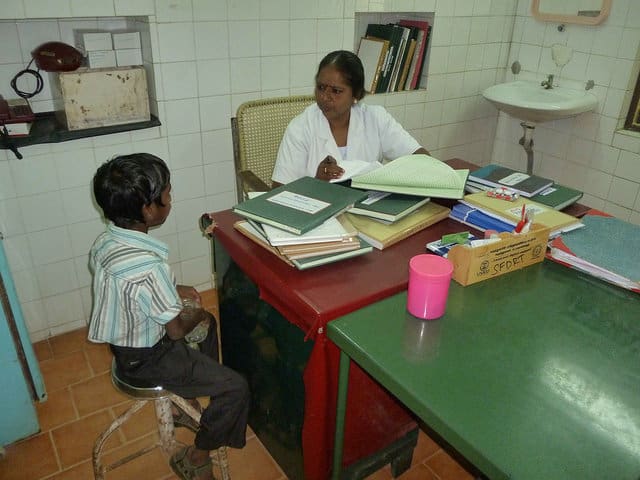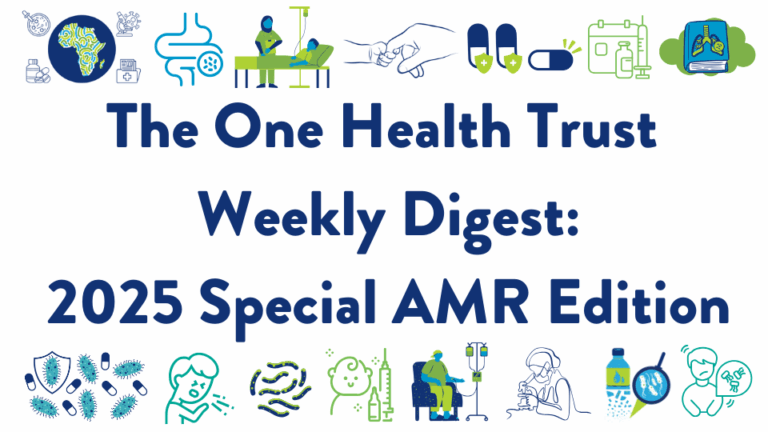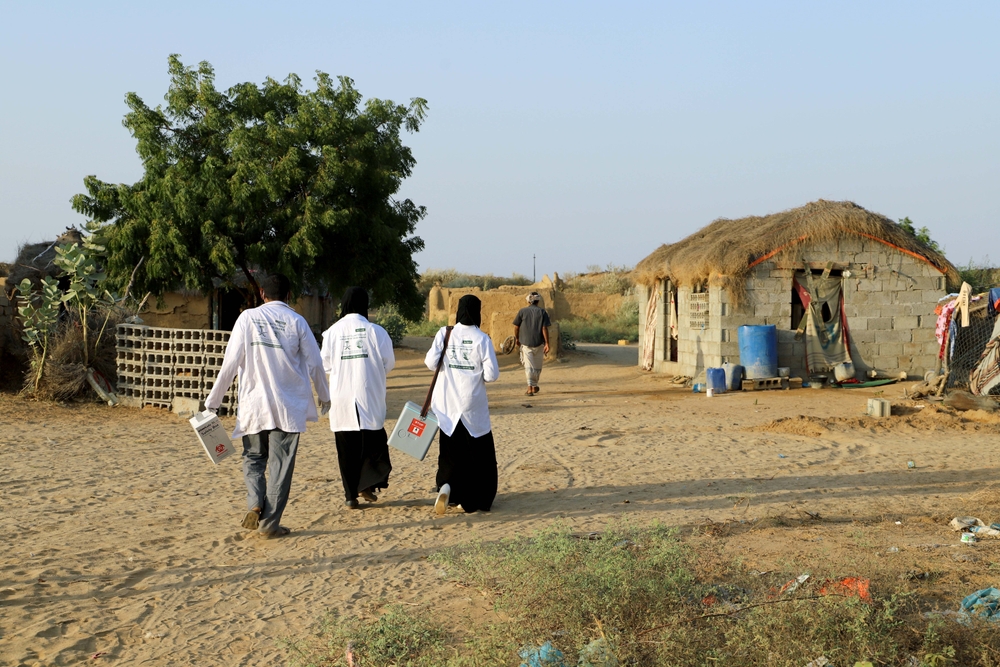August 28, 2016

A weekly roundup of news on drug resistance and other topics in global health.
Drug Resistance Index at Patan Hospital in Kathmandu, Nepal. Dr. Abhilasha Karkey, a member of GARP-Nepal working group, writes on the CDDEP blog about an unexpected side effect of implementing the Drug Resistance Index (DRI) at Patan Hospital: everyone from hospital management to the pharmacy to treating clinicians have been sensitized to the problem of antibiotic resistance and are taking steps to improve antibiotic use, even before the DRI itself is used to change practice. The DRI, a composite index that combines the effectiveness of antibiotics for specific infections with the extent of their use in clinical practice, was developed by CDDEP researchers to track the ability to treat infections at a single site or across a country. [CDDEP]
Pharmacies in India could better manage antibiotic dispensing for presumed cases of tuberculosis, which are much more widespread than previously assumed. According to a study in The Lancet Infectious Diseases, only some pharmacies in three cities in India are correctly managing patients with presumed tuberculosis, finding that absence of a confirmed diagnosis is a key driver of antibiotic misuse. The pharmacists referred “standardized patients” with unconfirmed TB to physicians without prescribing antibiotics—the ideal management practice—in only 13 percent of cases. Antibiotics were dispensed in 37 percent of pharmacy interactions and steroids in 8 percent. Pharmacy management of standardized patients with confirmed TB were much better: 62 percent were referred and just 16 percent given antibiotics. These findings come as experts provide new estimates of tuberculosis in India, which now incorporate data from private healthcare providers, based on commercial drug sales. Researchers found that in 2014, there had been 17,793 million patient-months of antituberculosis treatment in the private sector, yielding a likely 2.2 million cases treated in the private sector in 2014. When combined with TB cases reported by public health officials, it amounts to an estimate that is two to three times higher than previous estimates. [Lancet ID, Lancet ID, Imperial College London]
The U.S. Food and Drug Administration recommends universal testing of donated blood for Zika virus and an imaging study demonstrates microcephaly, as well as many other Zika-related birth defects. On Friday, the U.S. Food and Drug Administration (FDA) issued a revised guidance recommending universal testing of donated blood for Zika virus in the United States, expanding on its February guidance, which recommended testing only for areas with active Zika virus transmission. The imaging study, published in Radiology, includes 23 MRI and 41 CT scans of 46 fetuses and babies born to mothers who had Zika during pregnancy. The study also included autopsies of three babies who died shortly after birth. While attention has focused on microcephaly, this study exposes many additional Zika-related birth defects, such as missing parts of the nervous system and calcification leading to severe joint stiffness. Dr. Deborah Levine, a contributor to the study, said “Our goal is to illustrate for healthcare professionals around the world what they could expect to see with a Zika infection during pregnancy,” because, “Most doctors will have never seen brains like this before.” [FDA, NPR, Radiology]
Can genetic testing help determine a cause of infection in children with fevers? Two studies published online by the Journal of the American Medical Association demonstrate the potential of genetic tests to identify bacterial infections. The first, an international collaboration, examines the host gene response in infants with fevers, to determine whether their fevers were caused by bacterial or viral infections. RNA expression revealed a 38-transcript RNA expression signature in a group of 240 febrile children (median age 19 months), later narrowed to two gene transcripts, able to distinguish between infections. Within a validation group, the two-transcript signature was then able to correctly identify bacterial infections in 23 children with confirmed bacterial infections and identify 27 of 28 children with confirmed viral infections. The second study, by researchers from across the United States, provided more preliminary results, but suggests that “RNA biosignatures” of multiple genetic markers can identify young infants (under 60 days old) with bacterial infections. [CIDRAP, JAMA, JAMA]
Antibiotics are inappropriately prescribed for bronchitis almost 80 percent of the time, according to the Centers for Disease Control and Prevention (CDC). The study, in the American Journal of Managed Care, evaluated data from commercial health plans between 2008 and 2012 according to three Healthcare Effectiveness Data and Information Set (HEDIS) measures: 1) appropriate testing for children with pharyngitis, 2) appropriate treatment for children with upper respiratory infections, and 3) avoidance of antibiotic treatment in adults with acute bronchitis. The health plans performed well on the pediatric indicators, but consistently poorly on the adult bronchitis measure. The study also identified distinct geographical differences, with health plans in the South Central Census Division performing worse than other regions of the country. According to Dr. Lauri Hicks, director of the Office of Antibiotic Stewardship at the CDC, “Though drastic improvement is needed in the South, the data suggests that there are opportunities to improve antibiotic prescribing across the United States.” [CIDRAP, American Journal of Managed Care]
D. A. Henderson, epidemiologist who led international effort against smallpox, died this week. While serving as the Chief of the World Health Organization’s (WHO’s) smallpox-eradication unit during the 1960s and 1970s, Dr. Henderson led the smallpox eradication campaign, estimated to have saved tens of millions of lives. Henderson also served as an official of the Centers for Disease Control and Prevention, and later as dean of The Johns Hopkins University School of Public Health and an as adviser on science and bioterrorism to three U.S. presidents. [STAT, Washington Post]
Image via CDC Global (CC BY-SA 2.0)











